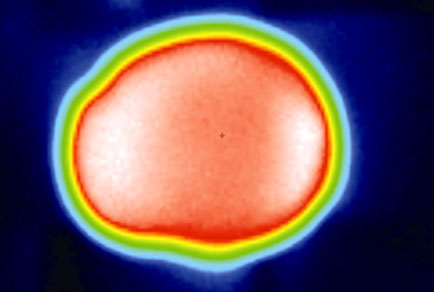Abstract
Investigating the impacts of climate change highlights a need to rapidly quantify an organism’s thermal environment. We investigated the reliability of non-contact thermal imaging for measuring temperatures in an intertidal gastropod. Thermal maxima from images of either dorsal or ventral surfaces correlated strongly with invasive temperature-probe readings, produc-ing highly significant regression models to predict mantle temperatures from thermal images. Thermal imaging was then field-tested to non-invasively examine temperature changes of snails relative to their substrate: those exposed to sunlight had a mean temperature 4–8°C above the substrate during the day but 2–4°C below at night. Thermoregulation was also tested in the labo-ratory: when exposed to 45°C for 24 hours, snails reached 35–44°C, significantly higher than those (18°C to 25°C) held at 25°C. Thermal imaging is reliable for rapidly measuring tissue temperatures in a shelled gastropod typical of intertidal environ-ments, thus providing a powerful tool for testing hypotheses about thermal responses in the changing global environment.

